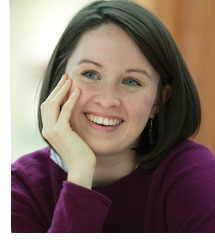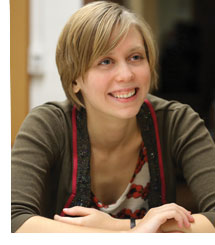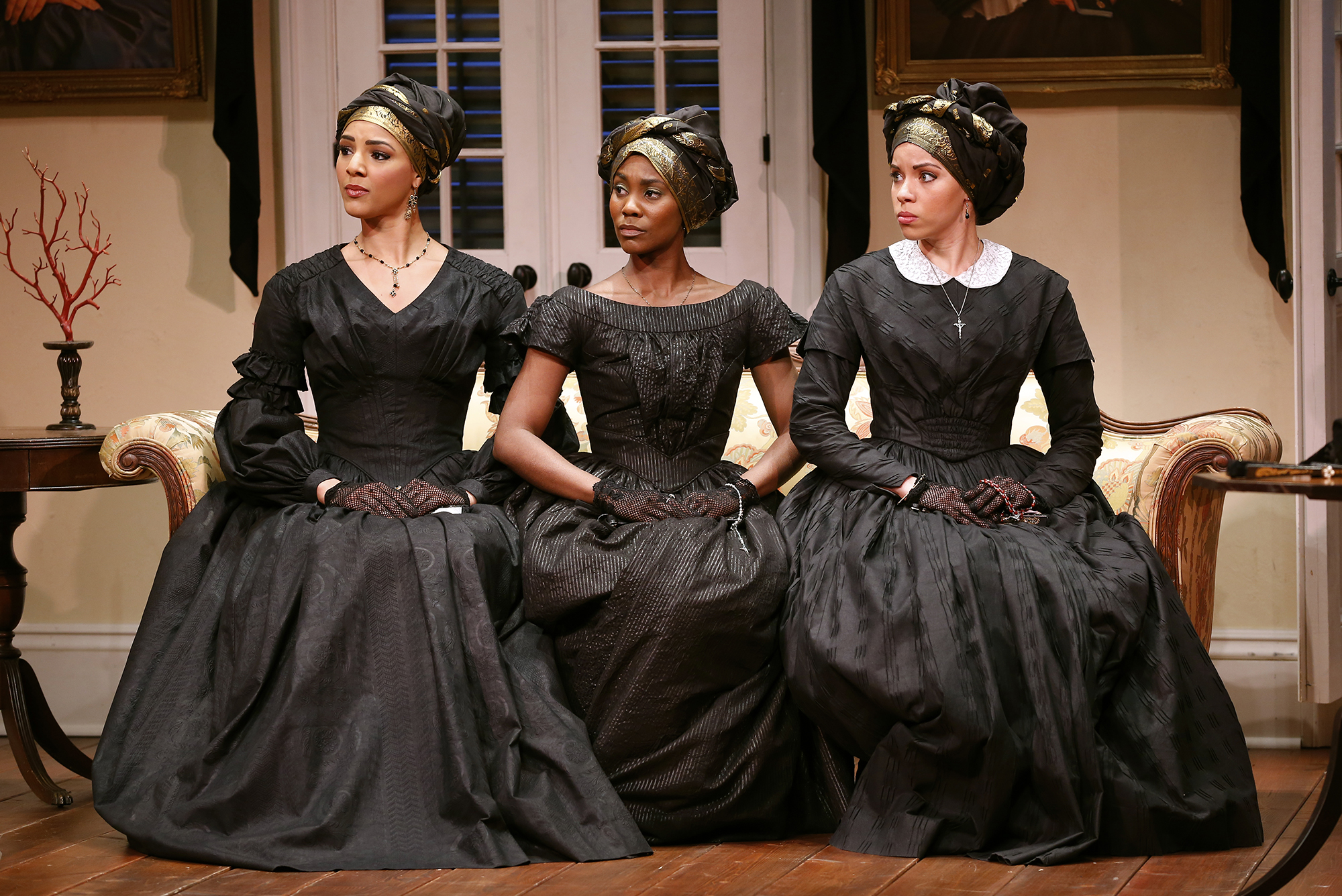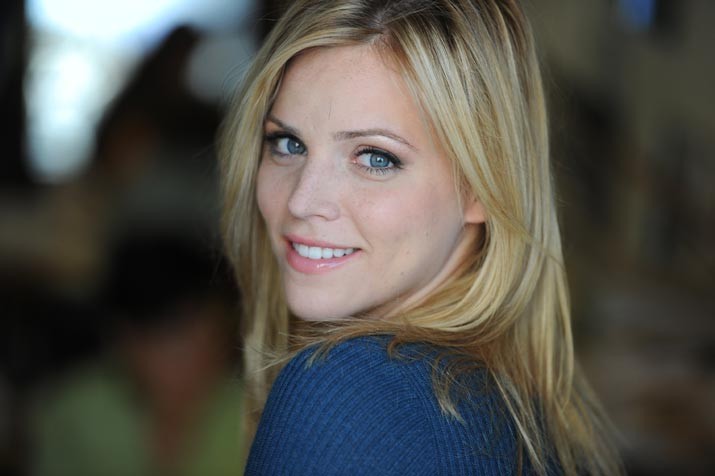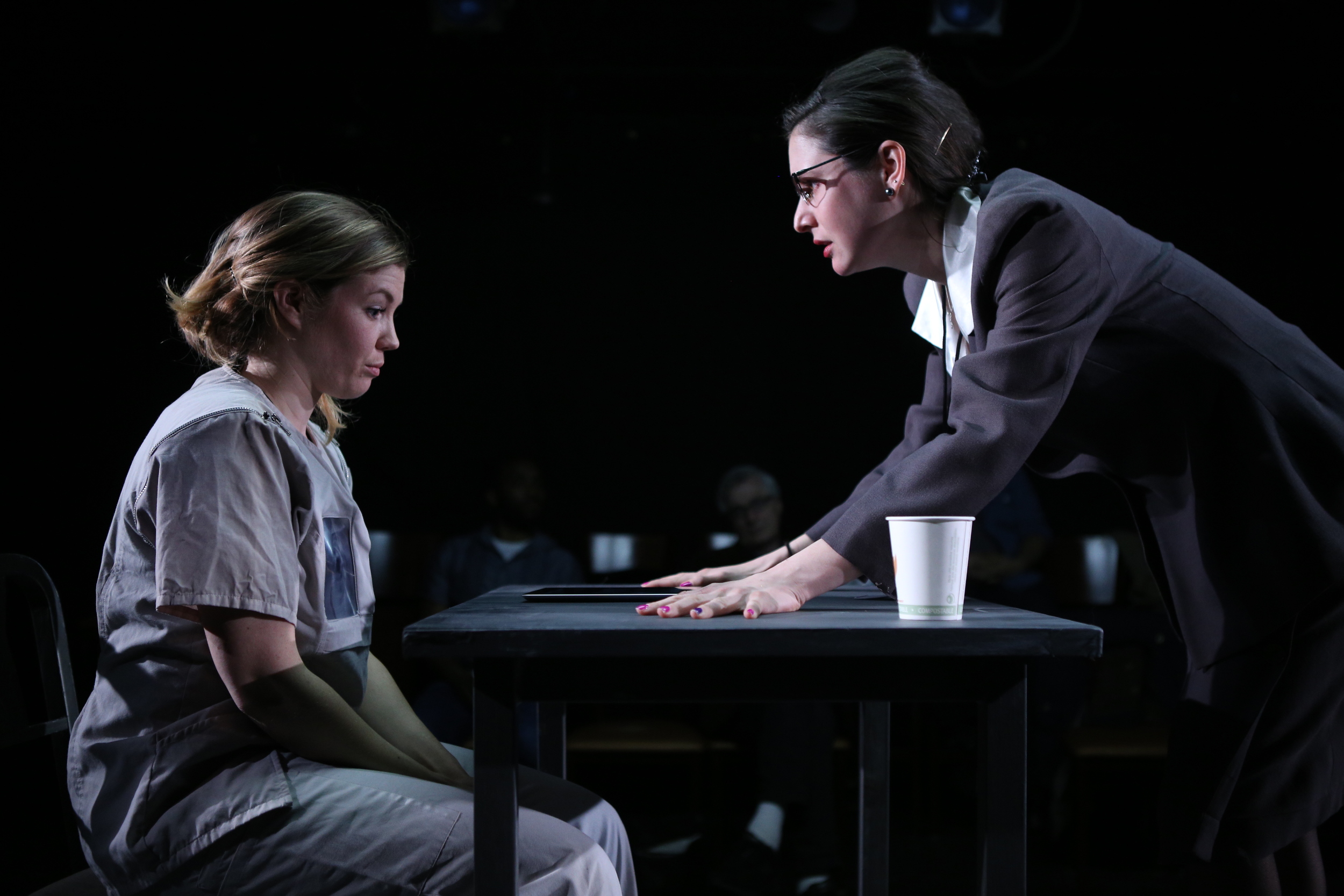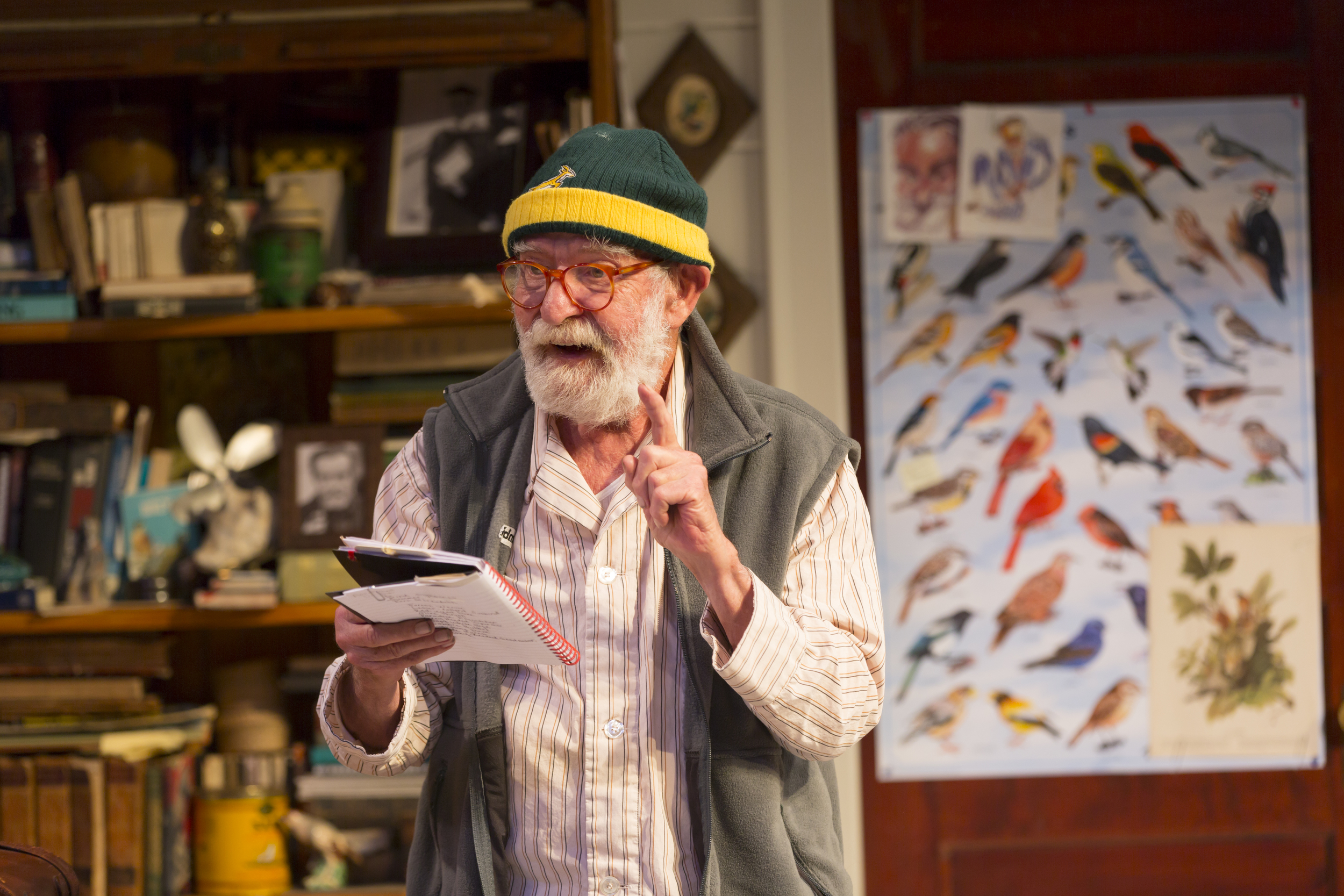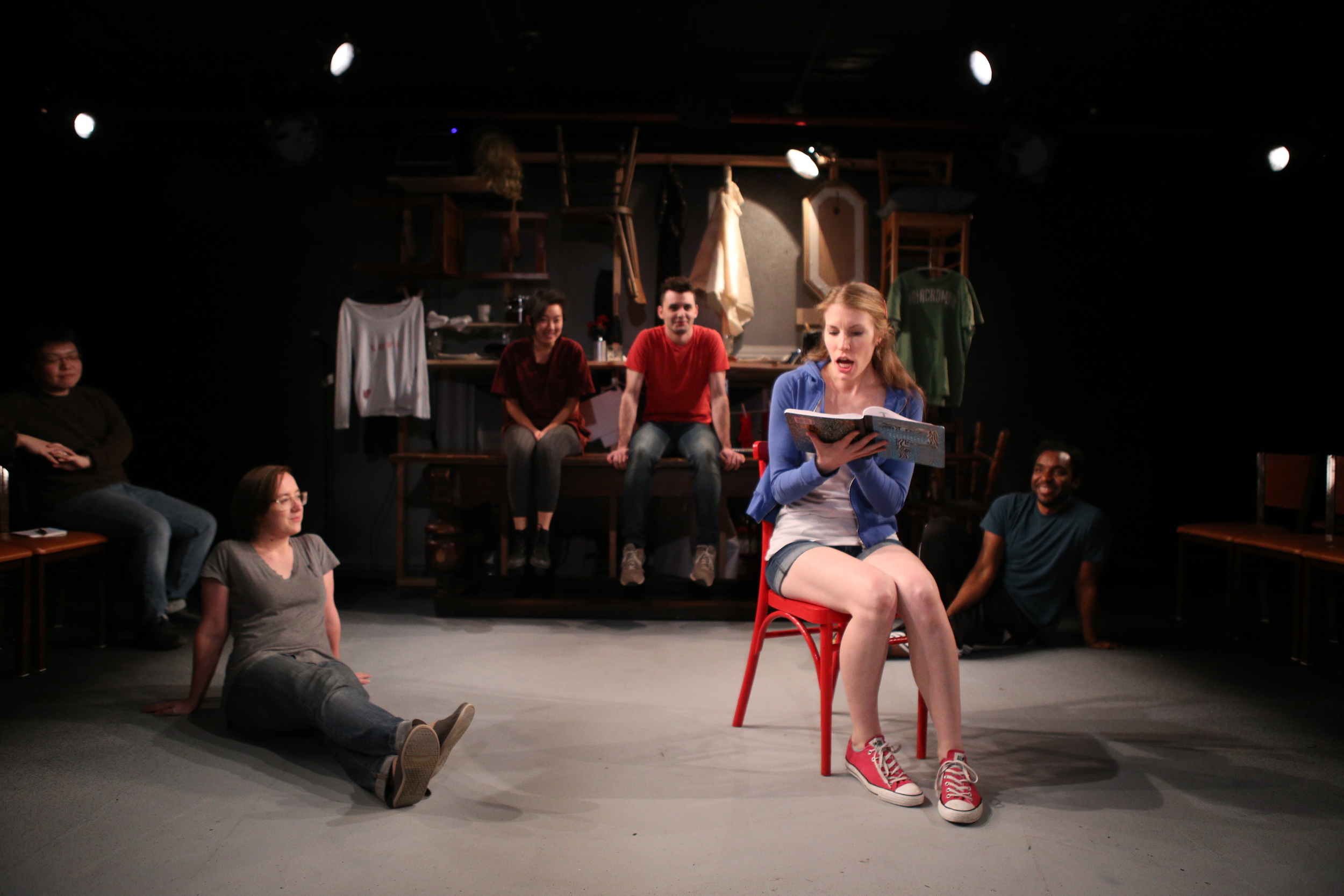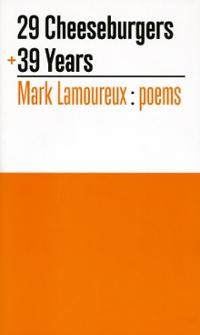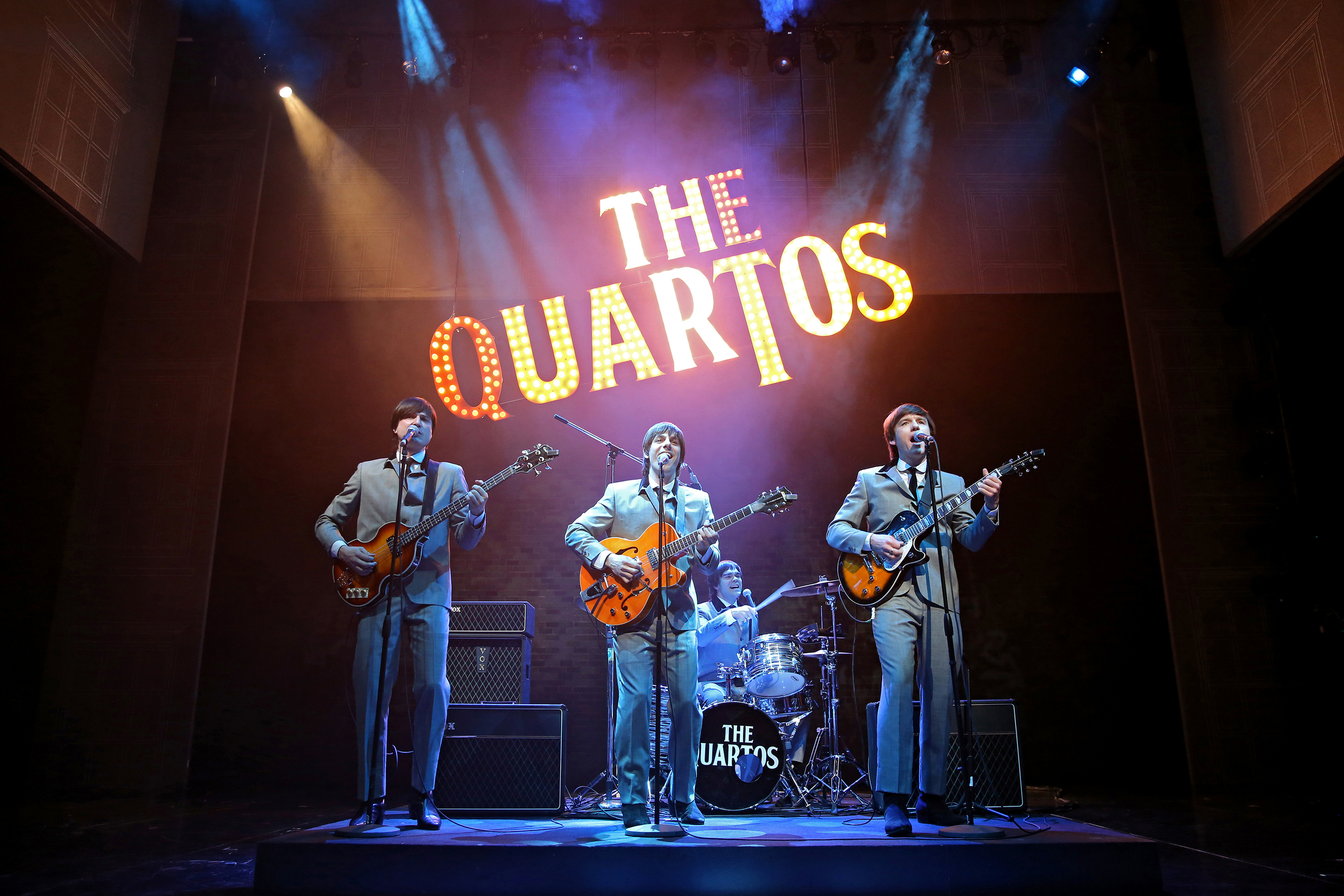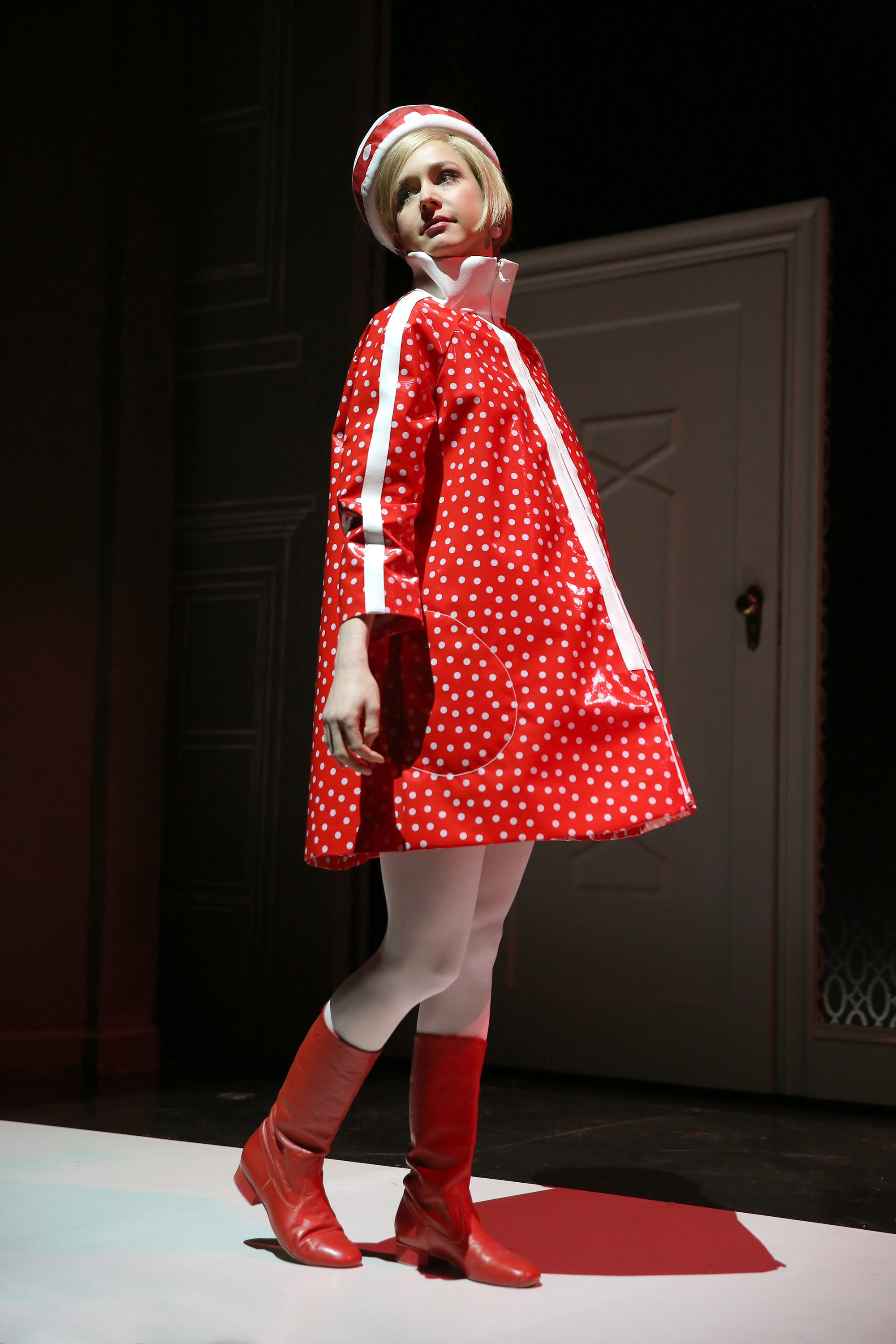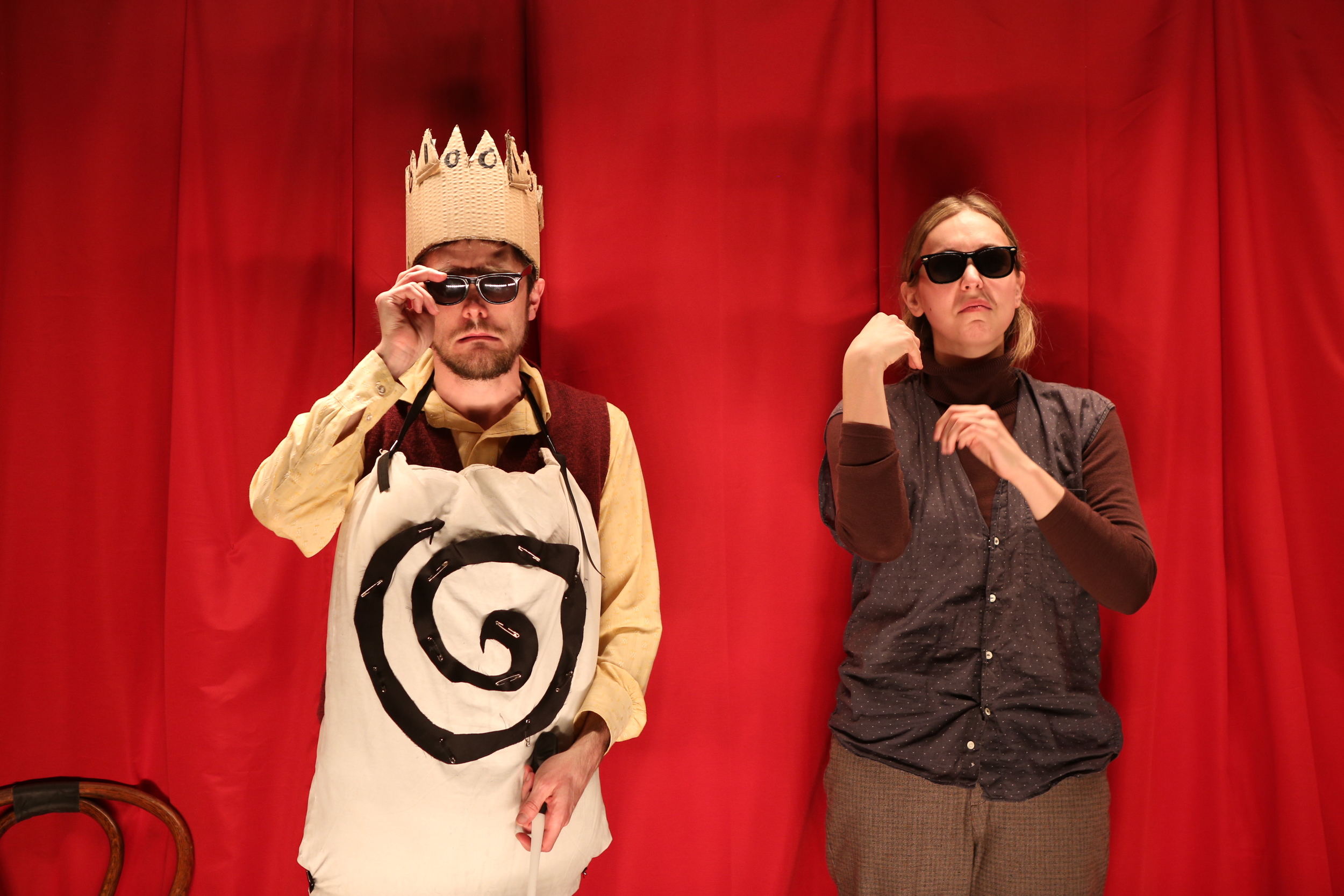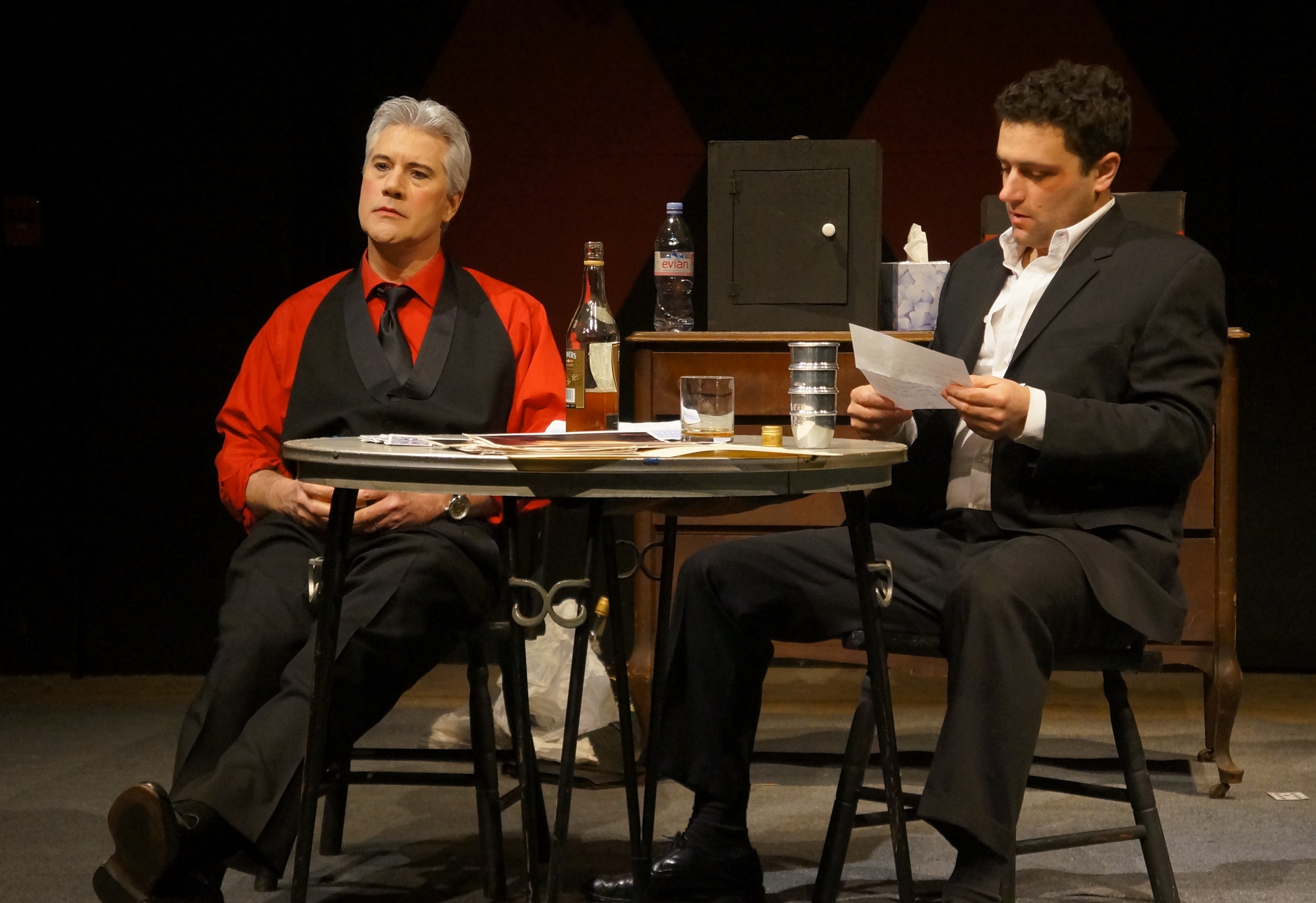Last spring, I was quite impressed by members of Cantata Profana in performance of the challenging score of Arnold Schoenberg’s Pierrot Lunaire in a dramatic staging of that work directed by Ethan Heard at Yale Cabaret. This weekend, Cantata Profana is back with a new program, “The Rest of the World at War: Germany—America—1942,” which their press release describes as “both a deep reflection on the War and a comedy show for music nerds.” Artistic Director Jacob Ashworth says that the idea for the program began with the Richard Strauss sextet that opens his last opera Capriccio. Written in 1942, in wartime Berlin, the work is striking, as Ashworth sees it, for its lack of engagement with a world at war. Six characters in a salon debate “which is more important in opera: music or words.” The opera's opening is “decadent and irresponsible,” Ashworth says, “for someone in such a highly influential position.” In his 70s, Strauss seems to have chosen to detach his music from any real world relevance. Praising the work as “stunningly beautiful,” Ashworth wanted to find companion pieces that would help create an artistic and historical context for Strauss’ preference for aesthetic contemplation over engagement with the times.
Last year Cantata Profana performed a program as a centennial celebration for works composed in 1913. Though 1942, as a year, is not as directly related to 2014, Ashworth chose other works from the period when the U.S. entered the war as companion pieces with the Capriccio sextet. Bookending the program is a work by the avant-garde composer Arthur Schoenberg who, in 1942, was 10 years younger than Strauss when he wrote Ode to Napoleon, a work which uses lines from a poem written by Lord Byron in 1814 to characterize the fall of the world-dominating “tyrant,” and references Austria—later, the birthplace of Hitler—while addressing Napoleon in an interesting fashion: “Must she too bend, must she too share / Thy late repentance, long despair, / Thou throneless Homicide?”
Other works chosen for the program offer contrasts to the German romanticism and modernism of Strauss and Schoenberg. Elliott Carter, the long-lived American composer who died recently in 2012, at age 103, was influenced by Stravinsky and created avant-garde works but, Ashworth says, often forgotten are his earlier forays into Copland-like Americana such as The Defense of Corinth, a piece for a speaker, a male chorus and piano, four hands. The choral work is highly comedic, according to Ashworth, in its evocation of the preparations for war by the town of Corinth, as described by Rabelais in the Prologue to Book III of Pantagruel. Carter’s score suggests the sound effects of martial preparations as well as the useless activity of the philosopher Diogenes who joins in the busy activities by engaging in the Sisyphean labor of repeatedly hauling an empty tub up a mountain and letting it clatter down. In 1941, when the piece was written, the U.S. had not yet entered the war and Carter’s piece could be a look askance at the war mania throughout the world or a prescient glance ahead to the war effort that would soon occupy the U.S. after the attack on Pearl Harbor in December of that year.
John Cage, the youngest of the composers on the program, was only 30 in 1942 and his Credo in Us was written that year in the wake of Pearl Harbor. Cage approaches his piece in what Ashworth describes as “a very slippery” manner. On the one hand, it is “a love letter” to his partner Merce Cunningham who devised dance to go with portions of the piece, so that “Us” is Cage and Cunningham, but, on the other hand, “Us” is the U.S. and the piece, with its use of classical phonograph recordings, the radio, boogie woogie, percussion including tom toms, could be said to be a microcosm of the soundscapes available at the fatal moment when the war in Europe became truly a “world” war with the East attacking the West.
Founded in 2013 by students at the Yale School of Music and the Institute for Sacred Music, Cantata Profana is an ensemble comprised of a dedicated group of players, with a flexible arrangement for additions and collaborations, "able to combine anything from duos to chamber operas in one evening.” The group has been praised in the New York Times for their ability to encompass a range of musical periods and styles in their performances. Often choosing works that have a strong narrative or descriptive component, Ashworth sees the future of the group as based on greater merging of music and theatrical ventures; one such venture is collaboration with the newly formed Heartbeat Opera company, which involves working with Ethan Heard and Louisa Proske, both alums of the Yale School of Drama, whose work in musical theatricals has been noted here: Pierrot Lunaire and La Voix Humaine. Ashworth and other company members of Cantata Profana will act as “pitband” for Heartbeat in their upcoming workshop presentation of Kurt Weill’s Seven Deadly Sins, which, Cantata Profana hopes, “will be the beginning of a long-standing relationship.”
The 1942 program will be performed this Saturday, May 10, at Trinity Lutheran Church on Orange and Wall Streets in New Haven, and on Sunday, May 11, in Brooklyn.
THE REST OF THE WORLD AT WAR: GERMANY - AMERICA – 1942 R. Strauss, Sextet from Capriccio; Elliott Carter, The Defense of Corinth; John Cage, Credo in US; Schoenberg, Ode to Napoleon (featuring John Taylor Ward)
Saturday, May 10, 8:00pm at Trinity Lutheran Church in New Haven Sunday, May 11, 8:00pm at 22 Boerum Place in Brooklyn



